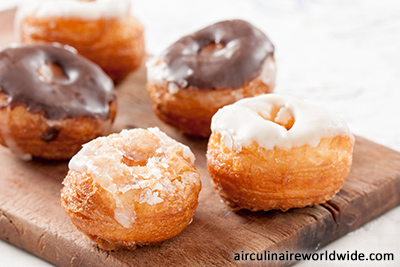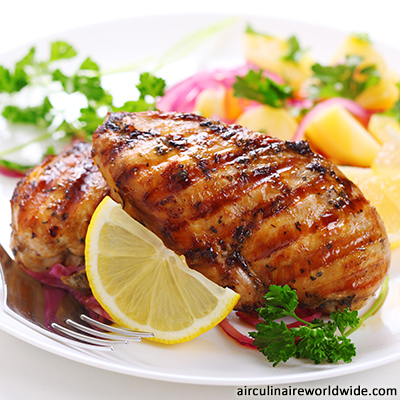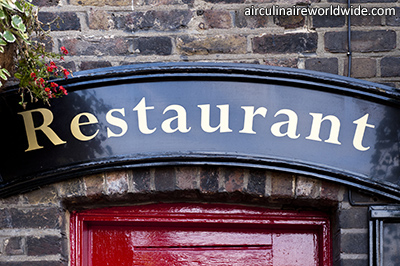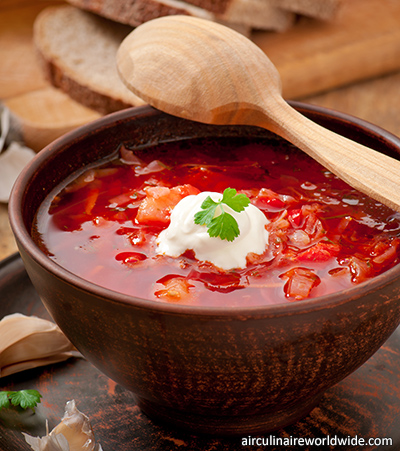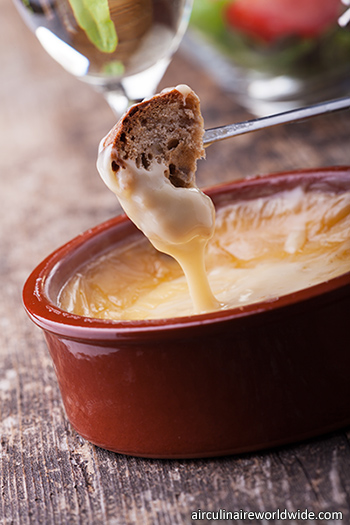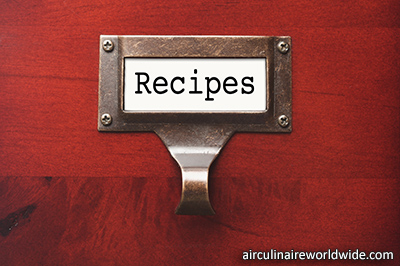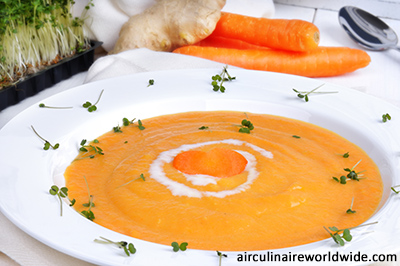Almonds have been cultivated and consumed for centuries and mention of them can be found in ancient manuscripts including the Bible and Koran. We use them raw, toasted and as ingredients in multiple dishes each and every day. But, what do you really know about this globally used item?
Well, first up: almonds are not a true nut; they are a drupe. Here is a quick and simple explanation:
A “true nut” is a hard shell encasement with an edible “fruit” inside. Examples: acorn, hazelnut and chestnut.
A “drupe” is a fruit with a fleshy outside that surrounds a shell (a pit) with a seed inside. Examples: walnuts, pecans, pistachios, coconuts and almonds.
Among the drupe family there are varieties that humans eat for the outer flesh but do not eat the seed inside. Examples: peaches, plums, dates and cherries.
In the culinary world, we have tried o simplify these categories and, therefore, have grouped these edible innards to call them all “nuts.” Regardless of their origin or name, people with nut allergies can have adverse reactions if ingesting any of these.
As stated, they are commonly eaten raw or incorporated into a recipe, but, with the new ingredient hypersensitivity of the world we live in, the almond has been asked to participate in combating lactose intolerance as well as culinary preferences vegetarianism and veganism. One of the most common creations from the almond is almond milk. I always wondered how they make almond milk because I have never seen any udders on an almond! So, I asked a vegan friend how she makes it and she gave me the following recipe.
Recipe: Homemade Honey Almond Milk
Ingredients
- 16 ounces Raw Almonds
- 1 tsp Kosher Salt
- 32 ounces Water
- 1 tsp Honey
Method
- Place almonds into a deep glass bowl and cover with about an inch of water.
- Add salt to the water, and stir to incorporate.
- Cover with breathable cloth (muslin cloth or cheesecloth) and refrigerate for a minimum of 12 hours or up to 2 days.
- Drain and lightly wash the almonds under cold running water.
- Place the almonds into a food processor or high-speed blender, and add the measured water.
- Puree until liquid consistency.
- Remove from blender and pour mixture through a fine mesh or cheesecloth.
- Press the mixture until all the liquid runs out.
- Add honey, and refrigerate.
- The finished product will last up to two days under refrigeration.
Questions?
If you have any questions about this recipe or flight crew culinary training, contact me at rpeterson@airculinaire.com. For questions about in-flight catering, contact weborders@airculinaire.com.

